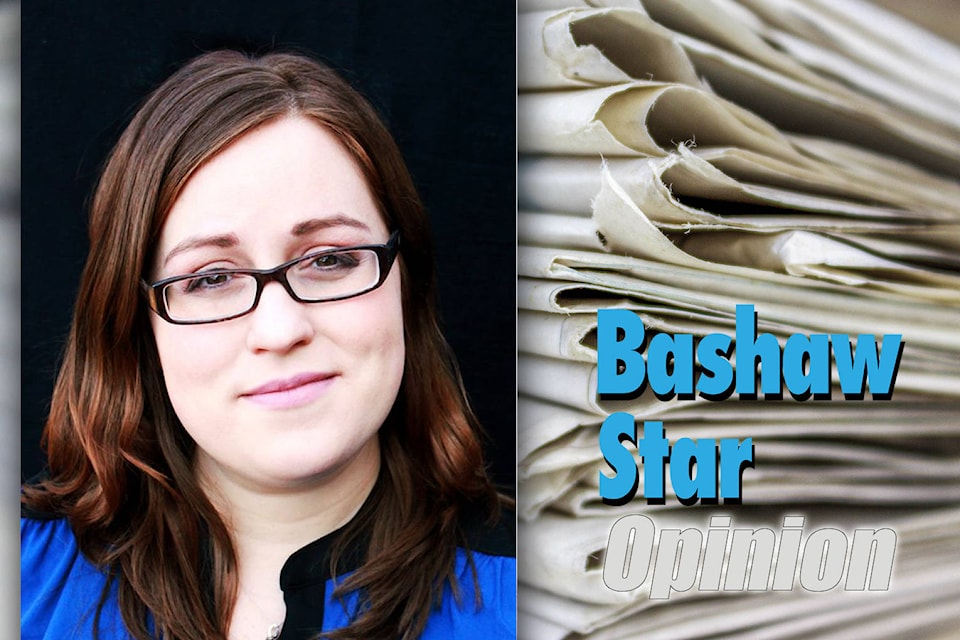I’m a big fan of clarity in language. It serves me well as a journalist — not so much in relationships. People don’t tend to enjoy having their grammar corrected or to be constantly misunderstood because to me, they weren’t precise enough in their meaning.
One area in which I believe we could use some more clarity of language, however, is how we classify unwanted schoolyard behaviour.
Most often, all forms of unwanted behaviour, from exclusion to verbal taunts and physical aggression are referred to under the blanket label of “bullying.”
Case-in-point, PREVNet’s (Promoting Relationships and Eliminating Violence Network’s) definition of bullying includes three primary forms: physical bullying, which can take the form of hitting, destruction of property and physical humiliation; verbal bullying, which can include teasing, threats and name-calling; and social bullying, which can include rumours, gossip and exclusion.
Institutions have long recognized that so-called bullying isn’t just physical — that words and other behaviours are hurtful and harmful as well, and that’s good. But definitions such as the above still lump the more severe behaviours in with the less severe.
True, words and social isolation can be just as emotionally damaging as physical attacks and one can’t presume to judge another’s pain.
The issue, however, comes in the comical-sounding term itself — “bullying” — which conjures up old-school, outdated adages, “sticks and stones will break my bones but words will never hurt me,” or “kids can be cruel” or the truly cringe-worthy, “boys will be boys.”
To truly combat the issue, it needs to be given accurate terms that acknowledge the spectrum and severity of behaviours; terms that validate the experience of the victim by accurately defining it and calling for more serious consequences.
In short, we need to call it what it is.
Take physical harm out of the definition — It’s isn’t bullying, it’s assault. A teenager who physically harms a peer should be charged with assault.
Ongoing, incessant taunts are not just teasing, they’re harassment and abuse.
I truly believe schools have made progress against bullying in the past 20 years and I’m making no statements against any particular school or any other institution.
I’m also not trying to suggest that every negative social experience a young person has constitutes these, or even bullying as it’s understood.
Young people often have their feelings hurt in those first couple of school years where they are developing social skills and mistakes will be made. Even some aggressive behaviour in young children can be attributed to a normal level of learning to regulate one’s emotions and how to communicate them appropriately.
What I am suggesting is that if it was better understood when something is not within the normal range and is recognized as unacceptable and addressed appropriately, more children would be adequately protected.
“Bullying” is still a prevalent issue.
READ MORE: Zero-tolerance policies aimed at stopping bullying not working, say experts
According to PREVNet, 75 per cent of people report being affected by bullying, either as a victim, a bystander or an aggressor.
“Bullying” isn’t an issue reserved for the school yard either. This isn’t just about kids being mean to each other, it’s about the people who will grow up to join society and if they are going to make positive of negative contributions to society.
Left unaddressed, aggressive children will likely become aggressive adults. Adults who lack empathy and respect for others’ boundaries form those characteristics in childhood.
If we teach children now to be kind, to be a friend, to respect other people’s feelings and their boundaries, there would be less domestic violence. A respect for another person’s feelings can naturally segue into teaching about consent at an appropriate age; there would be less sexual assault.
Think I’m overreacting or being too sensitive?
One definition of bullying is to, “seek to harm, intimidate, or coerce someone perceived as vulnerable.”
A Canadian Press story of the criminal trial of former Afghanistan hostage Joshua Boyle for the alleged assault and confinement of his wife says Boyle demeaned and subjugated and coercively controlled his wife.
It sounds awfully similar to the above definition of bullying, doesn’t it?
A different story reads, “The shocking death of a 14-year-old Ontario boy who was stabbed outside his high school raises questions about the effectiveness of … anti-bullying campaigns.”
Yet another recent story’s opening line about the three St. Michael College School students charged with sexual assault said the scandal “sparked a public conversation about hazing and bullying.”
Not only is there a danger of schoolyard aggressive behaviour being written off as “just bullying,” now we also see the flip side. By mentioning assaults and stabbings in the same breath as childish terms such as bullying and hazing, it equates them to be on the same level.
To combat bullying and assault, first we need to change the conversation.
